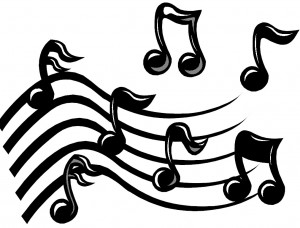 So, for years you have been wondering how can you record music using a computer. The problem is any product manual you have ever thumbed through gives makes your head spin so fast, you stop before you start. Fear not, I am here to help. The basics are that you need to get sound into your computer; you need some type of software to manipulate the sound you get into the computer, and some way of getting the sound out of your computer. So, some hardware and some software.
So, for years you have been wondering how can you record music using a computer. The problem is any product manual you have ever thumbed through gives makes your head spin so fast, you stop before you start. Fear not, I am here to help. The basics are that you need to get sound into your computer; you need some type of software to manipulate the sound you get into the computer, and some way of getting the sound out of your computer. So, some hardware and some software.
The Hard Stuff [Hardware]
If we start at the very beginning of the hardware food chain, you have your onboard soundcard. Pretty much all but the most basic “business only” computers have a soundcard. They typically have a microphone in, and headphone out jack. In a real pinch, you can use these, but if you are even a little serious, you are going to want a dedicated outboard soundcard. I suggest you go for an outboard USB2 or Firewire soundcard/interface. These range from the most basic $150 range M-Audio Fast Track, to a $2000 RME Fireface to as much money as you can afford. They all do the exact same thing at the most basic of levels, get sound in and out of your computer. When I needed to select a soundcard/interface, I chose the Steinberg UR28M, namely because it integrated easily into my software of choice, Steinberg’s Cubase.
The Soft Side [Software]
So, now you have chosen a soundcard/interface, you can get sounds in and out of your computer. Now you need software to record and mix multiple tracks of audio. Multitrack audio software is called a DAW (Digital Audio Workstation). My advice, do yourself a favor and pick one of the following for PC’s: ProTools, Cubase, or Sonar. If you are a MAC person, choose between ProTools, Cubase or Apple’s own Logic. Yes, there are other software options out there, and they all have their pros and cons, but I always believe you should go with the popular choices when starting out, because support, accessories and all those extra little things will be easier to find when you really need them. My choice was Cubase, because it was the one I first got started with, and I am most productive and fast in Cubase.
Next, there is the basic setup.
Author: Michael Battista
Share this Post
